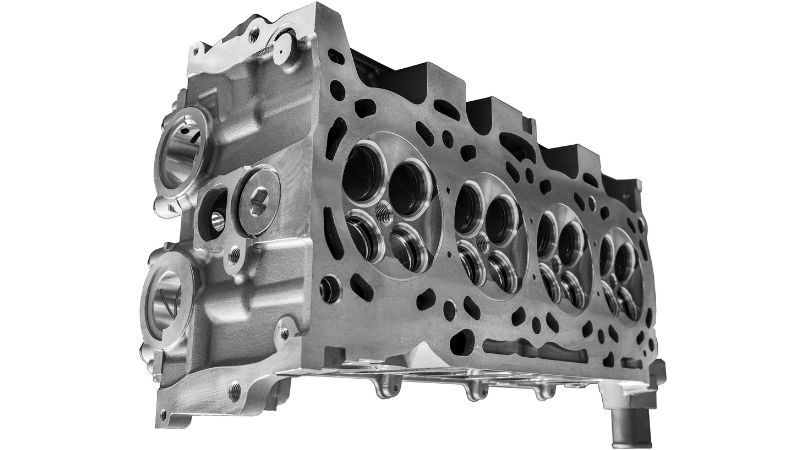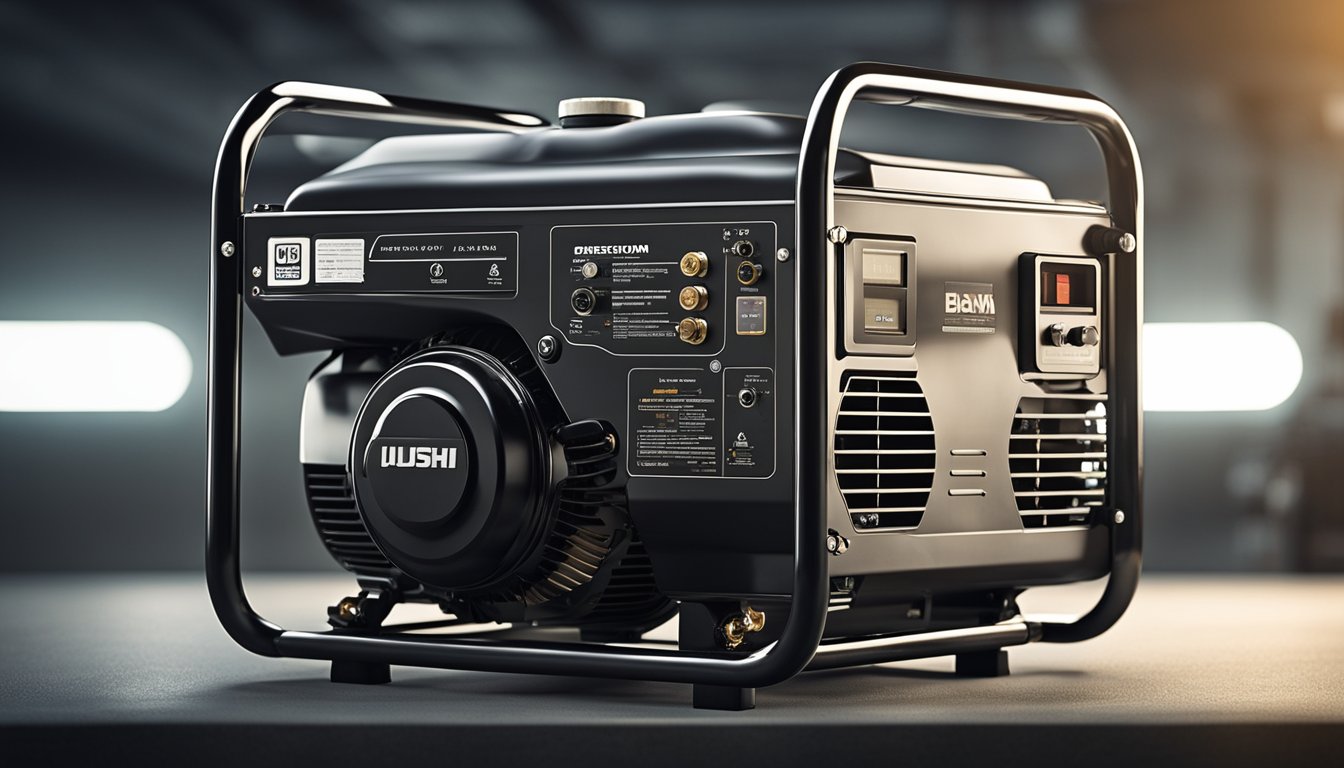A generator has various components working together to create electricity. Each component plays a crucial role in ensuring reliable power generation.
Understanding these basic parts can help you make better choices when choosing a high-quality generator and troubleshoot problems when they arise.

Main Generator Parts
Generators consist of several key parts that work together to produce electricity. These components ensure reliable power generation through the conversion of mechanical energy into electrical energy.
Engine
The engine is the heart of your generator. It provides the mechanical energy needed to produce electricity. Most generators use either gasoline, diesel, propane, or natural gas as fuel.
The size of the engine determines how much power your generator can produce. Engine power is typically measured in horsepower (HP).
Alternator
The alternator converts mechanical energy from the engine into electrical energy. It’s sometimes called the “genhead” and contains both stationary and moving parts.
Inside the alternator, you’ll find:
- Stator: The stationary component with copper wire coils
- Rotor: The moving component that creates a magnetic field
When the rotor spins inside the stator, it generates an electrical current through electromagnetic induction. This process creates the electricity that powers your devices.
Alternators are rated by their maximum output, measured in kilowatts (kW) or kilovolt-amperes (kVA).
The quality of your alternator affects how clean and stable the electricity is. Better alternators produce more consistent power with less harmonic distortion.
Fuel System
Your generator’s fuel system stores and delivers fuel to the engine. It includes the fuel tank, fuel pump, fuel lines, and filters.
The size of the fuel tank determines how long your generator can run before needing a refill. Larger tanks provide longer runtime but make the generator heavier and less portable.
Fuel filters prevent contaminants from reaching the engine. These should be changed regularly to ensure proper fuel flow.
Different generators use different fuel types:
- Diesel: Efficient, long-lasting, less flammable
- Gasoline: Widely available but shorter shelf life
- Propane/Natural Gas: Clean-burning, easy to store
Some generators are bi-fuel or tri-fuel, meaning they can run on multiple fuel types. This gives you flexibility during emergencies when certain fuels might be unavailable.
Voltage Regulator
The voltage regulator ensures your generator produces consistent, stable electricity. It controls the output voltage regardless of the load connected to the generator.
Without proper voltage regulation, your electrical devices could be damaged by power surges or insufficient voltage. The regulator constantly monitors the output and makes adjustments as needed.
Modern voltage regulators use electronic components to maintain precise control. They can respond quickly to changes in load demand.
If your generator produces flickering lights or unstable power, the voltage regulator might need adjustment or replacement.

Cooling and Exhaust Systems
Your generator produces significant heat while running. The cooling system prevents overheating and ensures consistent operation.
Most generators use one of these cooling methods:
- Air cooling: Fans or blowers circulate air (common in smaller generators)
- Liquid cooling: Coolant circulates through channels (found in larger models)
The exhaust system safely removes dangerous gases produced during combustion. These gases include carbon monoxide, which is odorless and potentially deadly.
Proper ventilation is essential when operating any generator. Never run your generator indoors or in enclosed spaces.
Lubrication System
The lubrication system keeps your generator’s engine running smoothly. It reduces friction between moving parts and helps dissipate heat.
Engine oil is pumped through the engine to coat critical components like:
- Crankshaft
- Pistons
- Cylinder walls
- Bearings
Most generators have an oil pressure switch that will automatically shut down the engine if oil pressure drops too low. This prevents catastrophic engine damage.
Check your generator’s manual for the recommended oil type and change intervals. These vary based on the model and operating conditions.
Battery Charger
Most generators include a battery charger to keep the starting battery fully charged. The battery provides the initial power needed to start the generator engine.
The charger works by converting some of the generator’s AC output back into DC power to maintain the battery. This ensures your generator starts reliably even after long periods of inactivity.
Some advanced models include “smart” charging systems that monitor battery condition and adjust the charging rate accordingly. This extends battery life and improves reliability.
Without a functioning battery charger, your generator’s battery would eventually drain and fail to start the engine when needed.
For backup generators, the battery charger often operates even when the generator isn’t running by using utility power.
Control Panel
The control panel is your interface for operating and monitoring the generator. It contains all the switches, gauges, and indicators you need.
Common control panel features include:
- Start/stop switches: Manual controls for operation
- Gauges: Display voltage, frequency, runtime hours
- Warning lights: Indicate low oil, overheating, or overload
- Circuit breakers: Protect against electrical overload
- Output receptacles: Connect devices or transfer switches
Main Assembly / Frame
The main assembly or frame holds all generator components together in a sturdy structure. It provides protection and makes the generator easier to move.
For portable generators, the frame includes handles and sometimes wheels for mobility. The frame must be strong enough to withstand vibration and protect internal components.
Stationary generators often have weather-resistant enclosures to protect against the elements. These enclosures also help reduce noise during operation.
The frame design considers:
- Durability: Withstanding rough handling and environmental conditions
- Cooling: Allowing proper airflow around hot components
- Noise reduction: Minimizing sound transmission
- Accessibility: Providing access for maintenance and repairs
Conclusion
Understanding the basic parts of a generator is crucial for ensuring its proper operation and longevity.
Each component plays a vital role in converting mechanical energy into electrical energy and maintaining the generator’s performance.
Regular maintenance and inspection of these parts can help prevent issues and ensure reliable power supply when you need it most.
